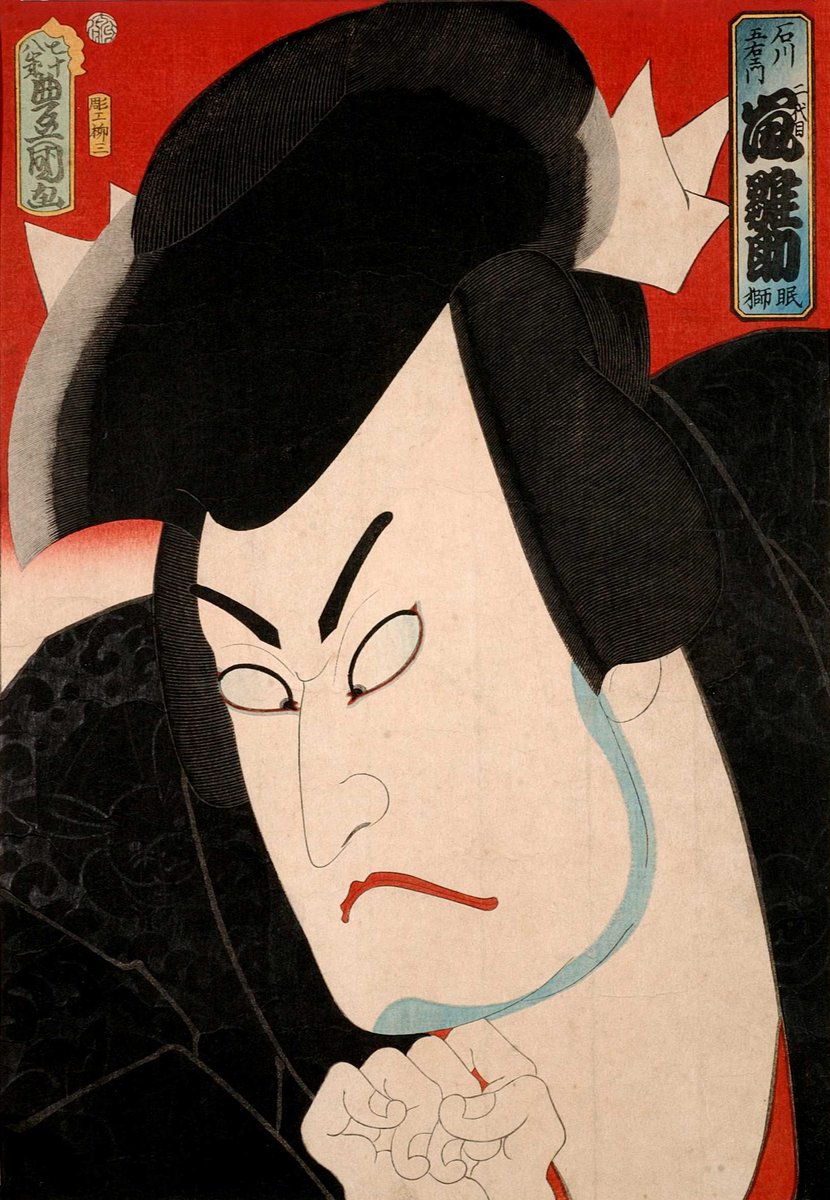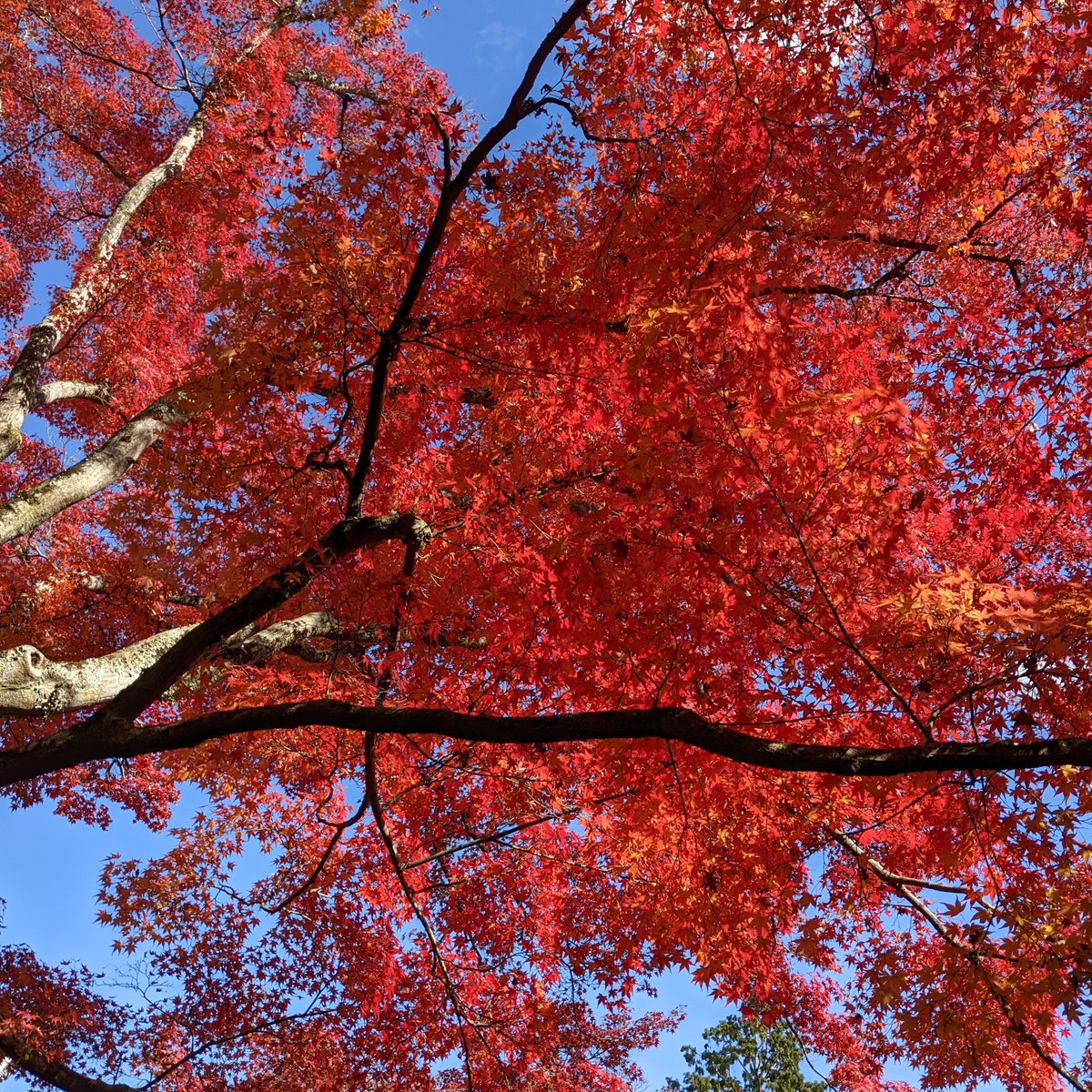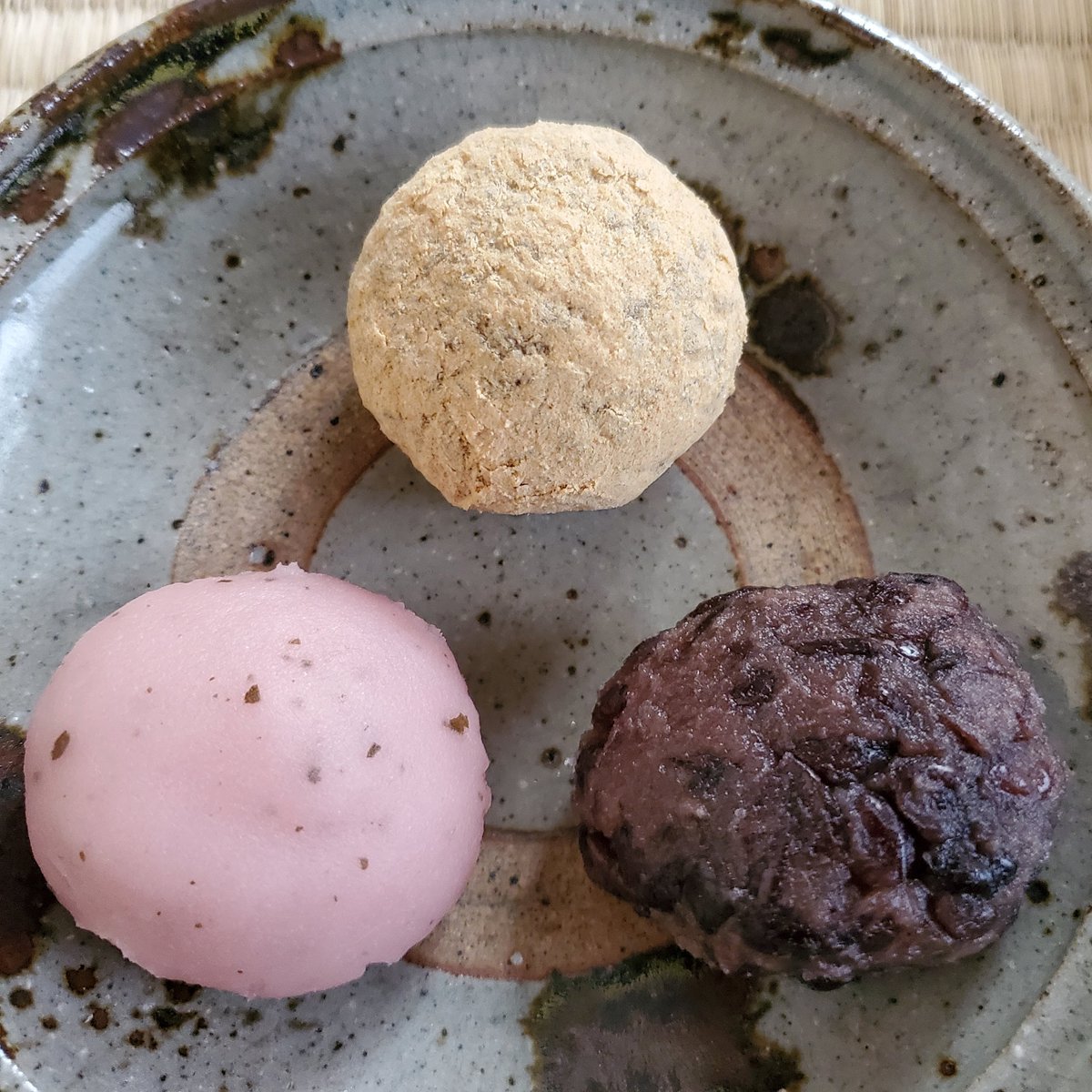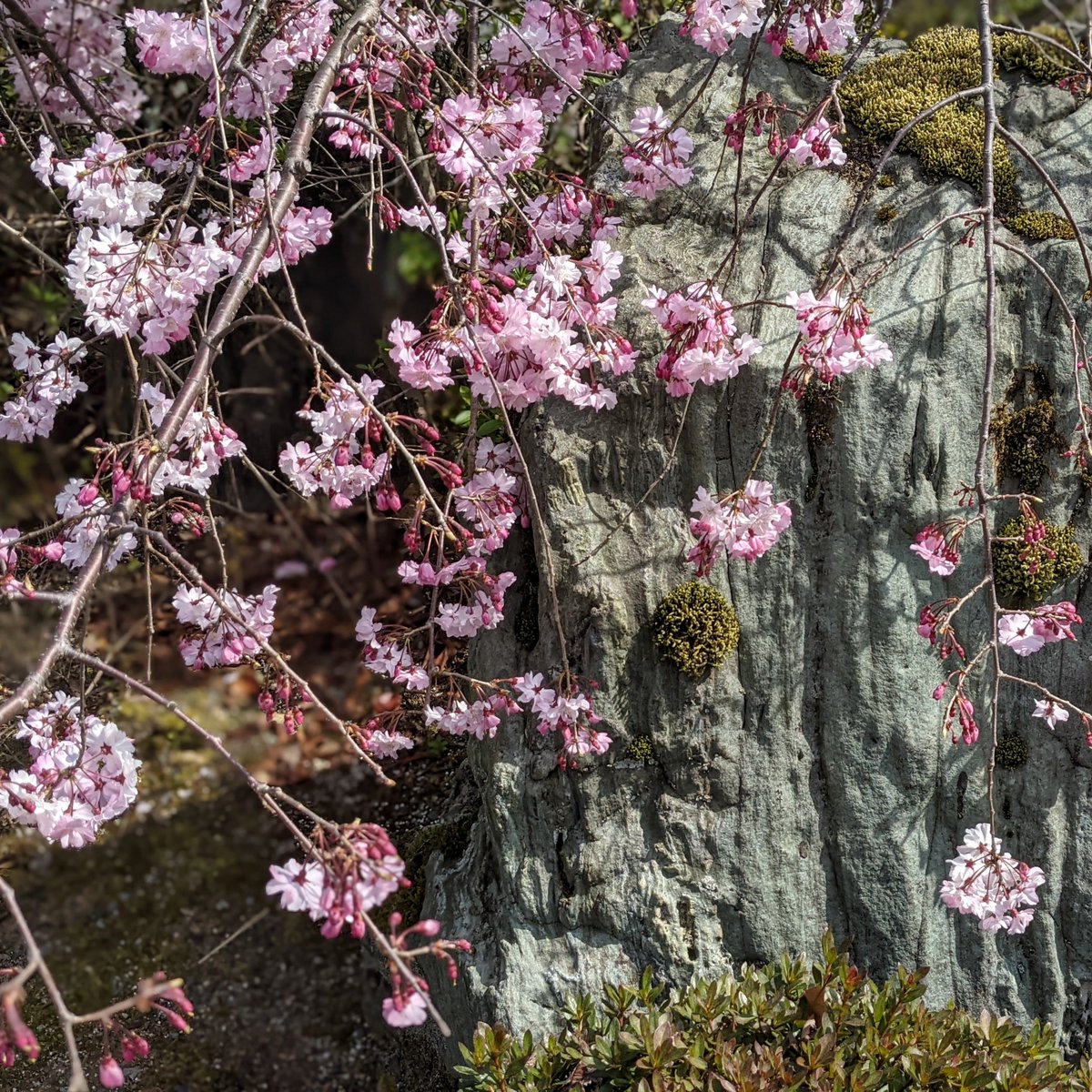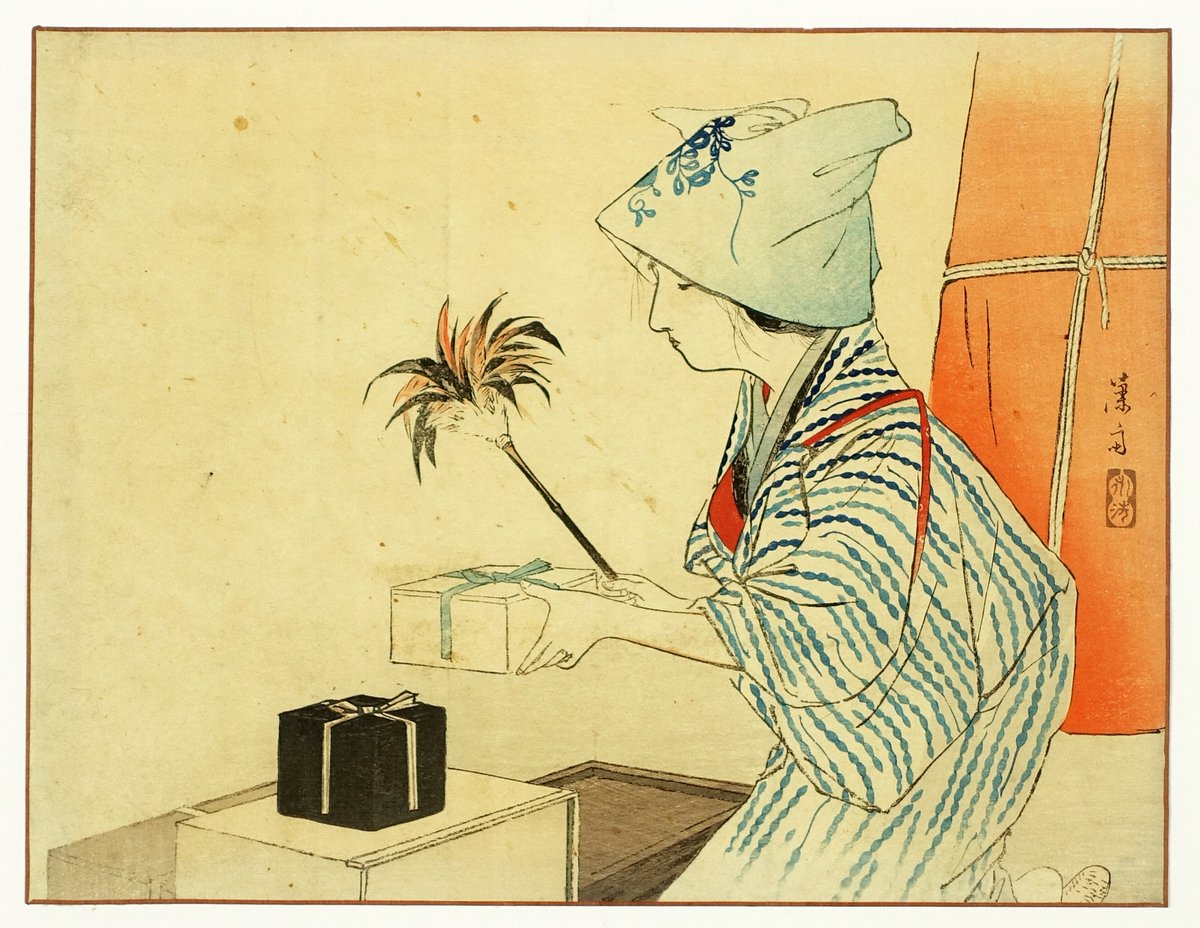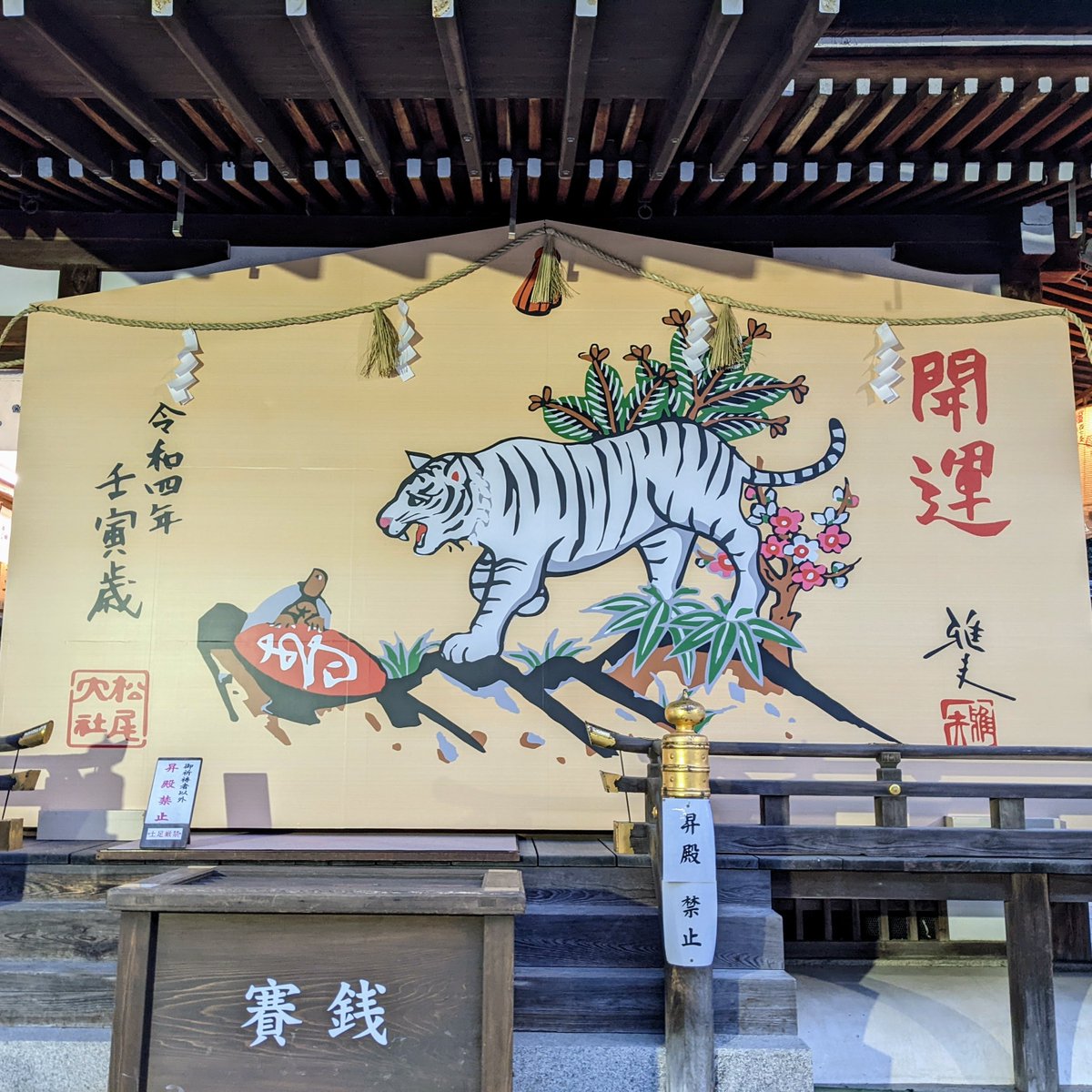
CHERRY BLOSSOMS🌸
cherry blossoms-
over there an edge
of Old Japan
花さくやあれが大和の小口哉
-Issa (小林一茶), 1798.
This weekend marks the start of sakura season here in Kyōto, and the crisp weather suggests the trees will be putting on a special show this year.
#Japan #桜



cherry blossoms-
over there an edge
of Old Japan
花さくやあれが大和の小口哉
-Issa (小林一茶), 1798.
This weekend marks the start of sakura season here in Kyōto, and the crisp weather suggests the trees will be putting on a special show this year.
#Japan #桜


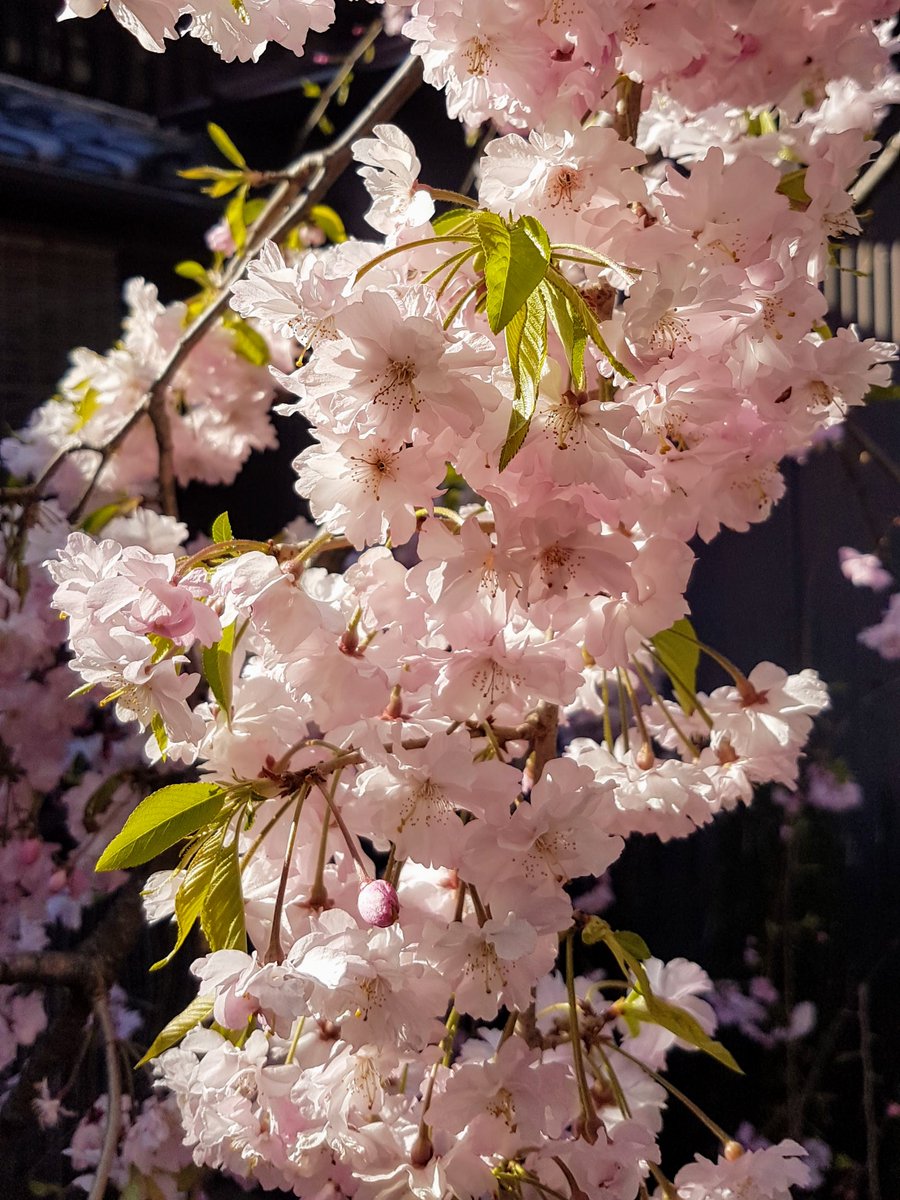

It's often difficult to gauge when to start celebrating the various blossoms...but this isn't a problem inside the teahouse😋🌸
a bevy of teahouses
suddenly!
cherry blossoms
茶屋村の出現したるさくらかな
-Kobayashi Issa (小林一茶), 1819.
#wagashi #和菓子 #Kyoto #Japan #blossoms



a bevy of teahouses
suddenly!
cherry blossoms
茶屋村の出現したるさくらかな
-Kobayashi Issa (小林一茶), 1819.
#wagashi #和菓子 #Kyoto #Japan #blossoms

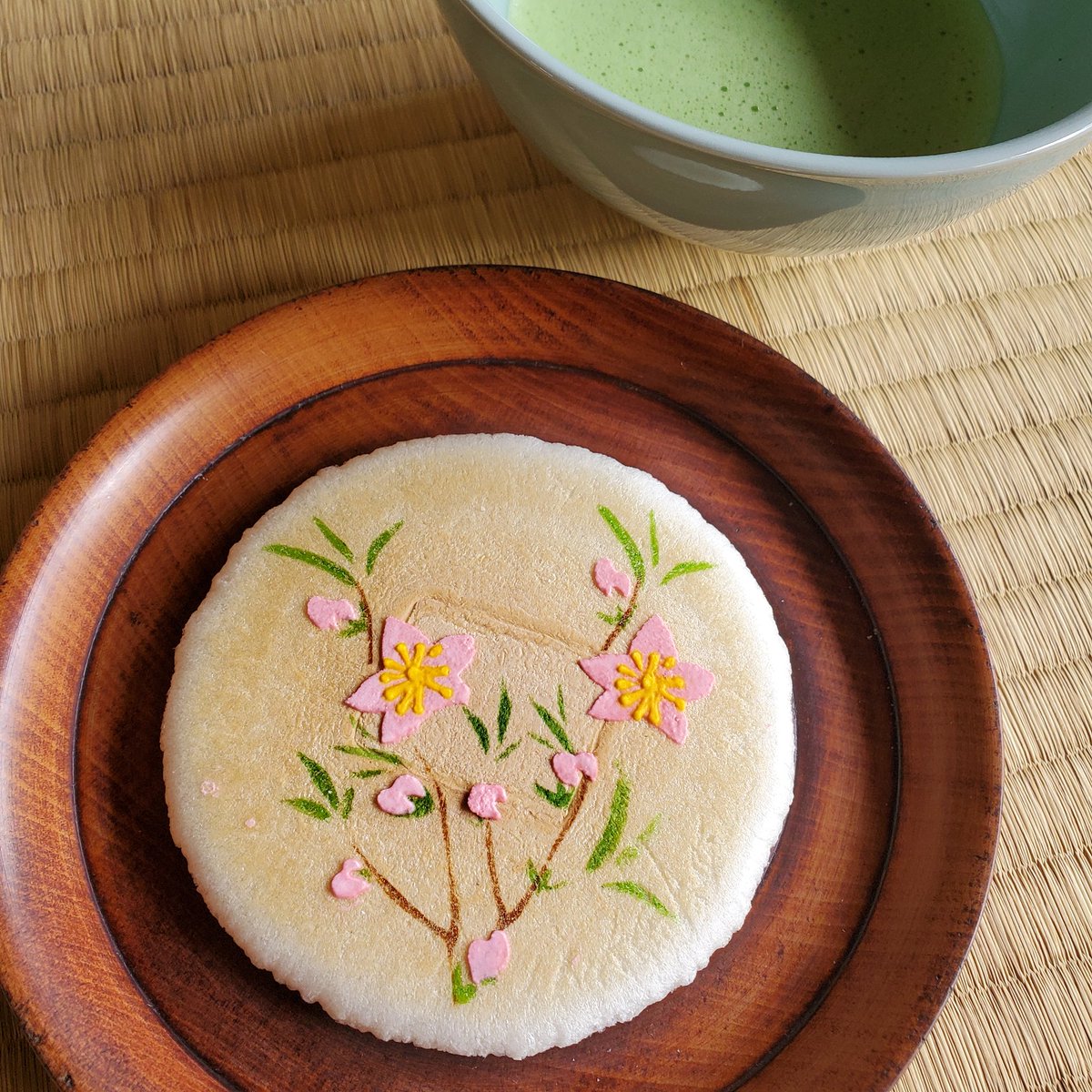


Incredibly it's been 2 years since Miho-san performed tea ceremony beneath the (now gone!) weeping cherry tree😱
Nodate (野点)⬇️
🌸
🌸 (overhead)
Introducing 'Chabako' (茶箱)⬇️
🌸
🌸



Nodate (野点)⬇️
🌸
🌸 (overhead)
Introducing 'Chabako' (茶箱)⬇️
🌸
🌸




jeopardized
by drunkards
the cherry tree at the well🌸
井戸ばたの桜あぶなし酒の酔
-Ōme Shūshiki (秋色女 1668-1725).
Trans. Ad G. Blankestijn
(another translation - trans. unknown)
be careful be careful!
of the cherry tree by the well
you're drunk with saké🍶
#桜 #cherryblossoms
by drunkards
the cherry tree at the well🌸
井戸ばたの桜あぶなし酒の酔
-Ōme Shūshiki (秋色女 1668-1725).
Trans. Ad G. Blankestijn
(another translation - trans. unknown)
be careful be careful!
of the cherry tree by the well
you're drunk with saké🍶
#桜 #cherryblossoms
🌸MARUYAMA'S WEEPING BEAUTY🤗
Maruyama-kōen's (円山公園) famous 70-year old shidare-zakura (枝垂桜 'weeping cherry') is one of the city's most recognizable trees. It's a short walk from our Camellia Flower teahouse.
The original tree was 200 years old when it withered in 1947.



Maruyama-kōen's (円山公園) famous 70-year old shidare-zakura (枝垂桜 'weeping cherry') is one of the city's most recognizable trees. It's a short walk from our Camellia Flower teahouse.
The original tree was 200 years old when it withered in 1947.
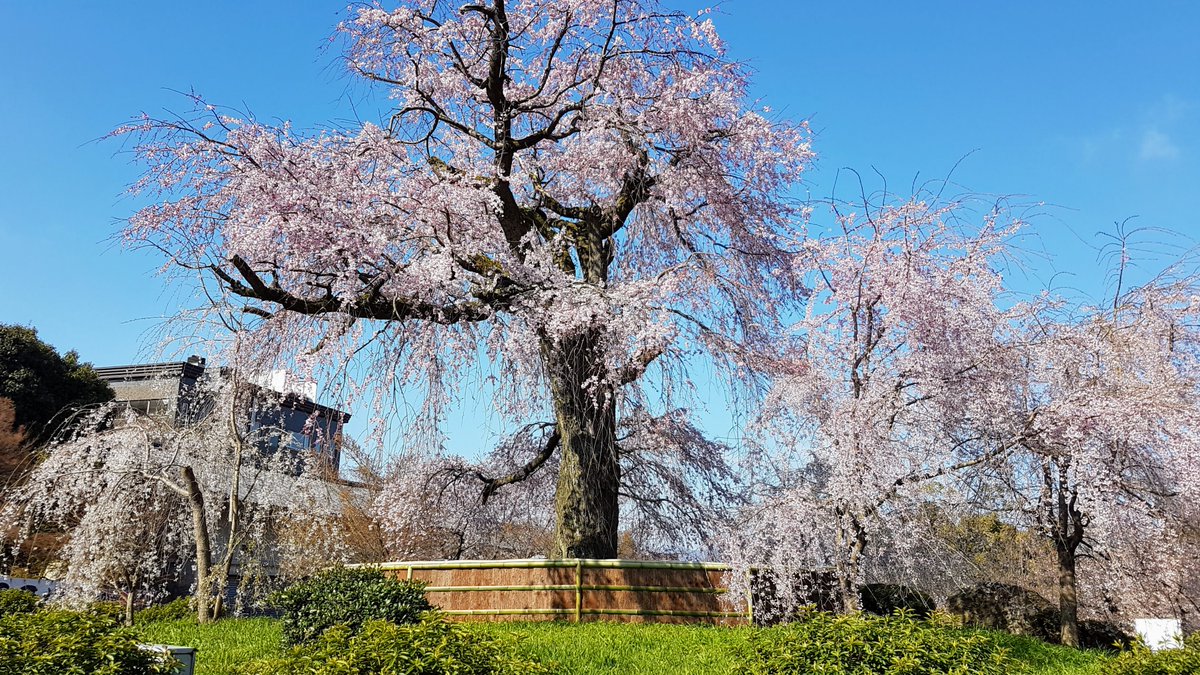



In 1949 the 15th head of Uetō Zōen landscapers (植藤造園), Sano Tōemon (佐野藤右衛門), planted the 2nd generation tree...the cherry tree we see today.
Sadly, in recent years the tree’s vigor has seriously declined.
#Kyoto #sakura #Japan
Photo thanks🙏- hyoto.jp/blog_kyotohont…



Sadly, in recent years the tree’s vigor has seriously declined.
#Kyoto #sakura #Japan
Photo thanks🙏- hyoto.jp/blog_kyotohont…




Covering 86641m2, Maruyama-kōen (円山公園) is the oldest and most popular of Kyōto’s parks.
Officially opened in 1886, from 1912 Ogawa Jihei (小川治兵衛 d.1933) landscaped the park into a pond & stroll garden (池泉回遊式庭園) over 3 years.
#Kyoto #京都 #Japan #sakura #hanami #桜



Officially opened in 1886, from 1912 Ogawa Jihei (小川治兵衛 d.1933) landscaped the park into a pond & stroll garden (池泉回遊式庭園) over 3 years.
#Kyoto #京都 #Japan #sakura #hanami #桜




🌸SAKURA SUCCESS🍀
divine providence-
throughout Japan gods
guarding blossoms
冥加あれや日本の花惣鎮守
-Issa (小林一茶), 1795.
The rather shrewd Heian-jingū (平安神宮) capitalizes on cherry blossom season with 'sakura omikuji' (桜おみくじ), fortune slips in a shade of pink.



divine providence-
throughout Japan gods
guarding blossoms
冥加あれや日本の花惣鎮守
-Issa (小林一茶), 1795.
The rather shrewd Heian-jingū (平安神宮) capitalizes on cherry blossom season with 'sakura omikuji' (桜おみくじ), fortune slips in a shade of pink.




Unrolling the sacred lots reveals 1 of 12(ish) general blessings, from best 'dai-kichi' (桜おみくじ great blessing) to the worst 'dai-kyō' (大凶 great curse).
You can find out all about omikuji (おみくじ) and cute omikuji holders here🧵⬇️
#おみくじ #Kyoto



You can find out all about omikuji (おみくじ) and cute omikuji holders here🧵⬇️
https://twitter.com/camelliakyoto/status/1443004604019404801?s=20&t=4IvotHZ7s7613Buf6wapFw
#おみくじ #Kyoto

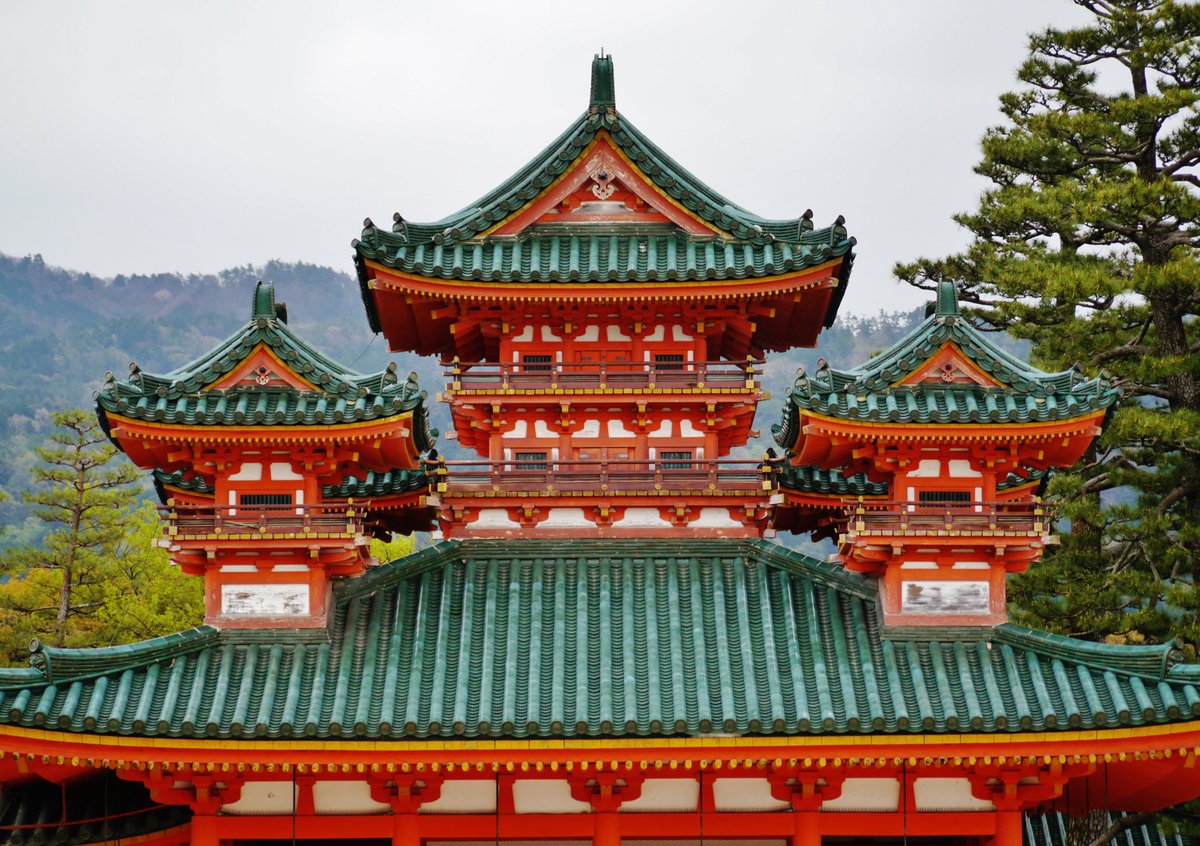
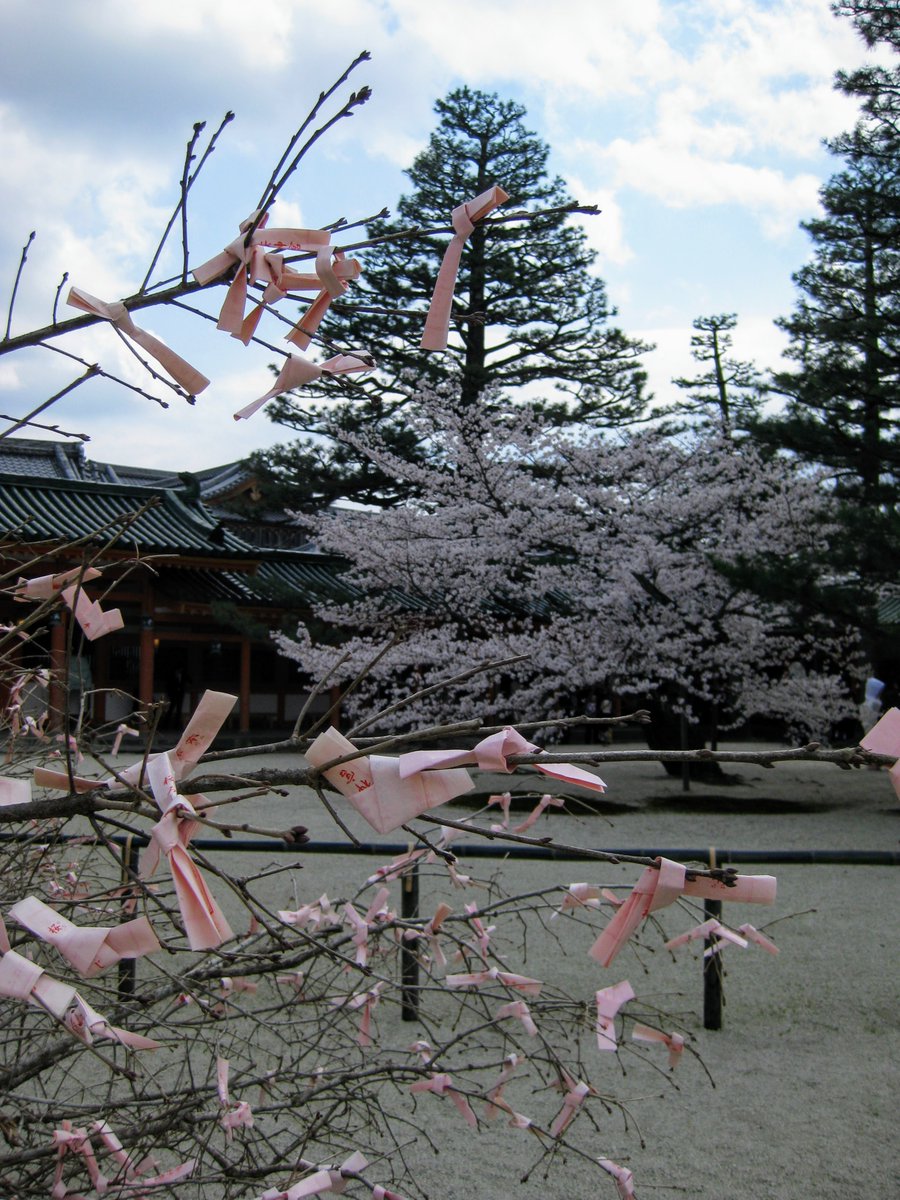
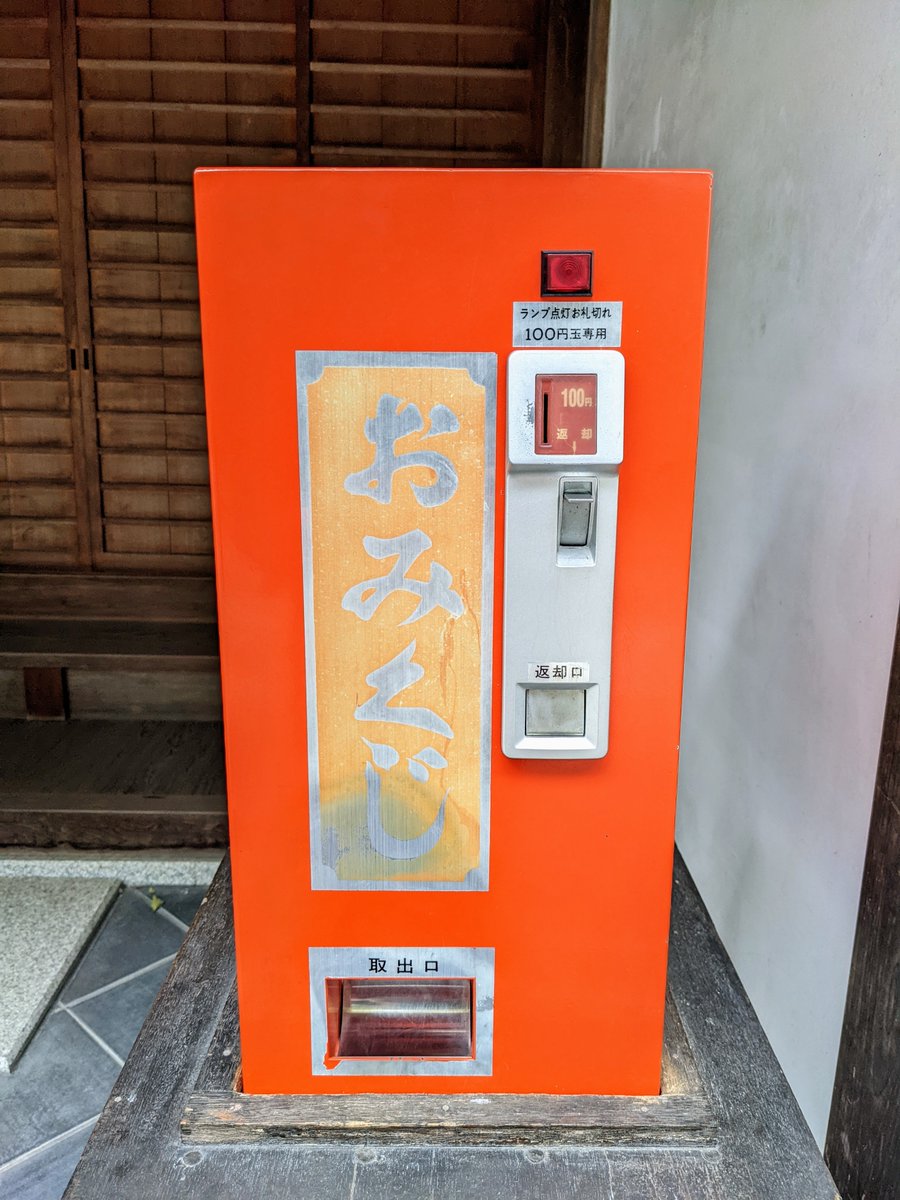
Ninna-ji (仁和寺) has a unique type of omikuji, with the sacred lots concealed in clay blossoms (available all year).
Reaching their peak around April 20th, the temple's sakura are the last to bloom in Kyōto. Known as Omuro-zakura (御室桜), the trees are uniquely stunted.
#京都



Reaching their peak around April 20th, the temple's sakura are the last to bloom in Kyōto. Known as Omuro-zakura (御室桜), the trees are uniquely stunted.
#京都



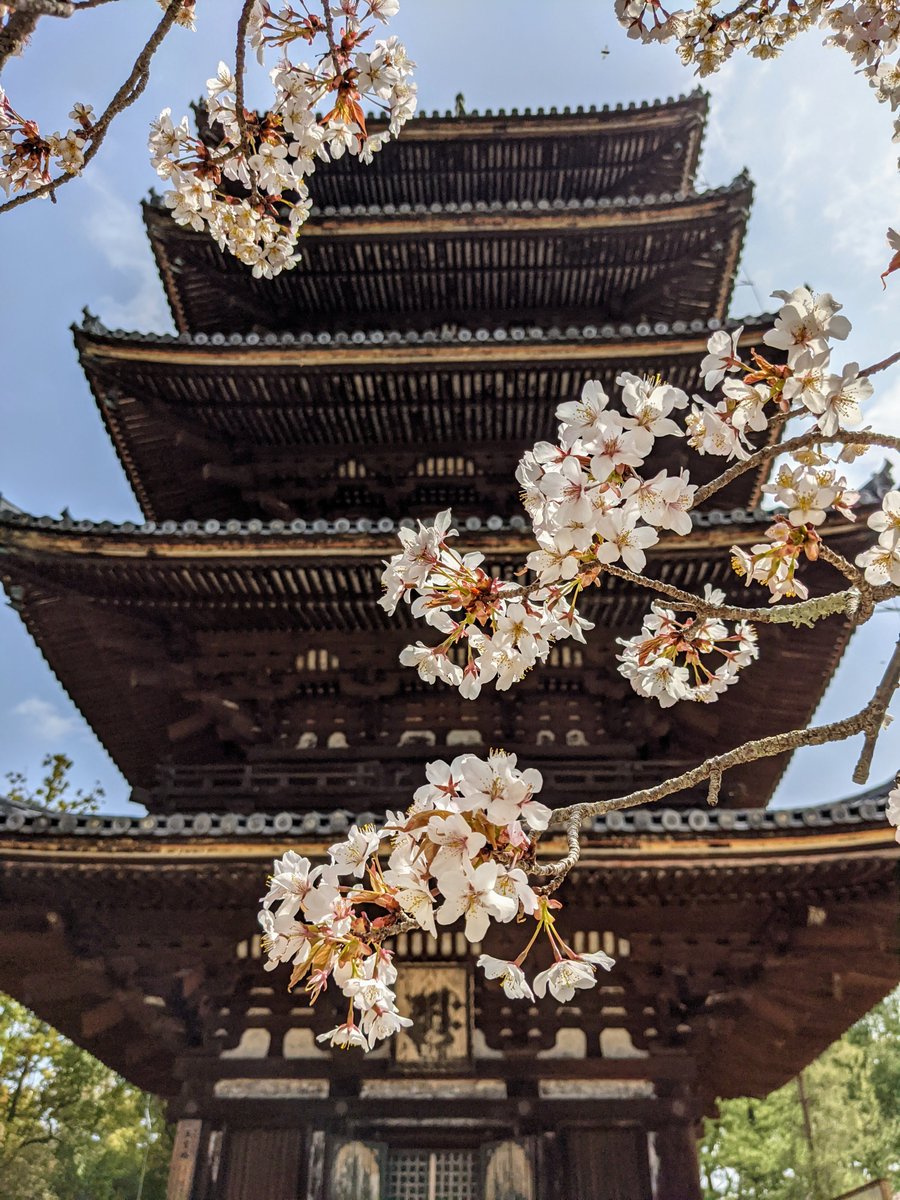
Squirrels are the divine messengers of Hirano-jinja (平野神社). They once populated the shrine's pine forest, & over time became associated with the enshrined gods.
Since Edo times Hirano-jinja has become better known for its sakura & April 10th cherry blossom festival (桜花祭).



Since Edo times Hirano-jinja has become better known for its sakura & April 10th cherry blossom festival (桜花祭).




☯️THE GARDEN OF LIGHT AND DARK (陰陽の庭)🌸
scattered along
mountain ridges
the clouds
which do not rise
must be cherry blossoms.
山のはの
このもかのもに
ゐるくもの
立のぼらぬや
さくらなるらん
-Ōtagaki Rengetsu (太田垣蓮月 1791-1875).
#Kyoto #Japan #退蔵院



scattered along
mountain ridges
the clouds
which do not rise
must be cherry blossoms.
山のはの
このもかのもに
ゐるくもの
立のぼらぬや
さくらなるらん
-Ōtagaki Rengetsu (太田垣蓮月 1791-1875).
#Kyoto #Japan #退蔵院




Taizō-in, a short walk from our teahouse, has 3 famed gardens: Inyō-no-niwa (陰陽の庭 'Garden of Yin & Yang'), Motonobu-no-niwa (元信の庭 'Garden of Kanō Motonobu'), & Yokō-en (余香苑 'Garden of Lingering Fragrance').
Photo thanks to the wonderful🙇♂️-kyotomoyou.jp



Photo thanks to the wonderful🙇♂️-kyotomoyou.jp


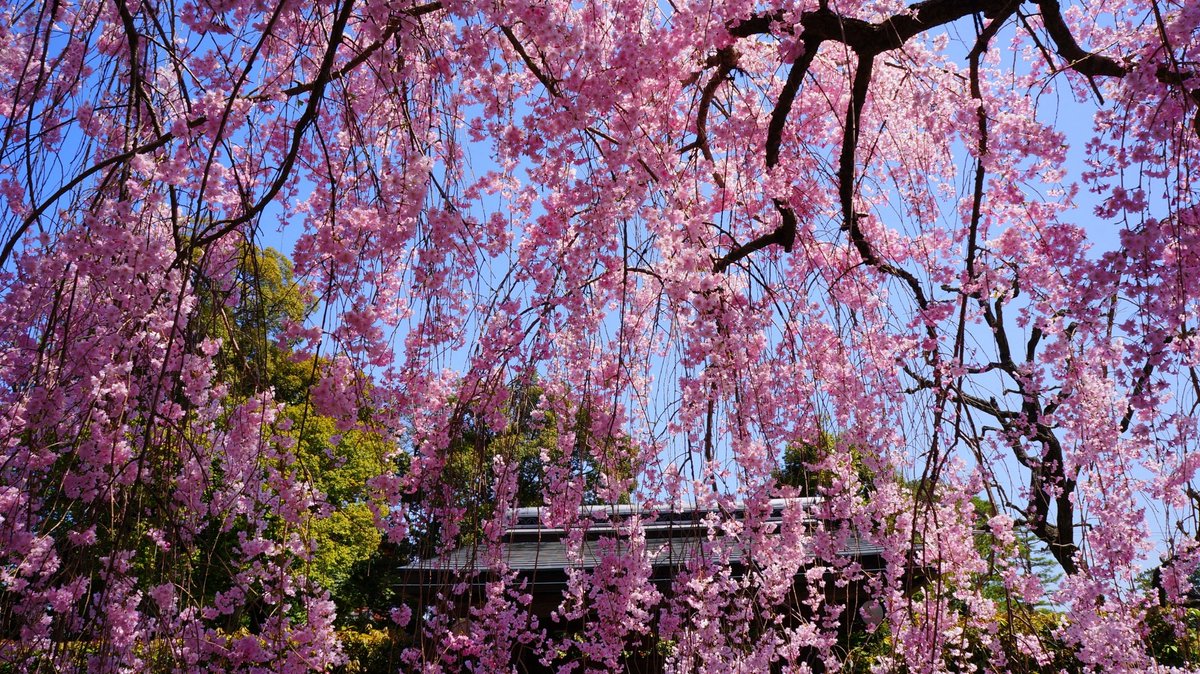
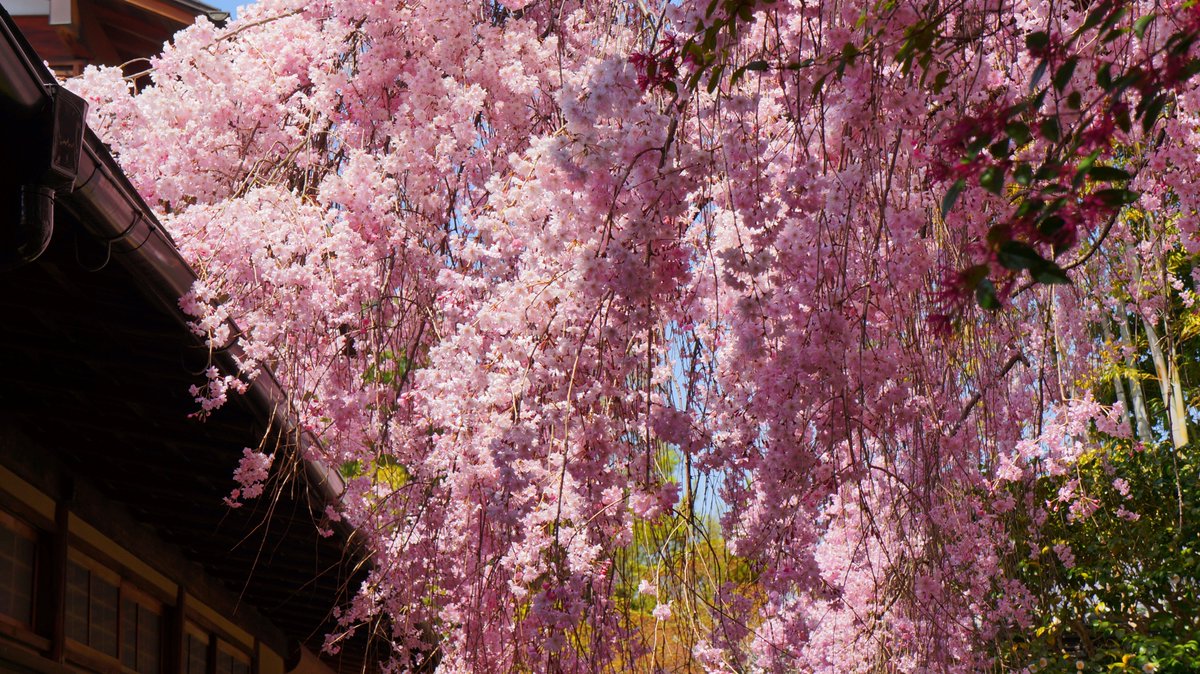
In spring, thanks to a great weeping cherry that sheds its petals in even the slightest breeze, the 'Inyō-no-niwa' is particularly beautiful.
The garden is divided into two parts: the 'Garden of Yin' (陰の庭 'In-no-niwa') & the 'Garden of Yang' (陽の庭 'Yō-no-niwa').
#sakura #桜



The garden is divided into two parts: the 'Garden of Yin' (陰の庭 'In-no-niwa') & the 'Garden of Yang' (陽の庭 'Yō-no-niwa').
#sakura #桜
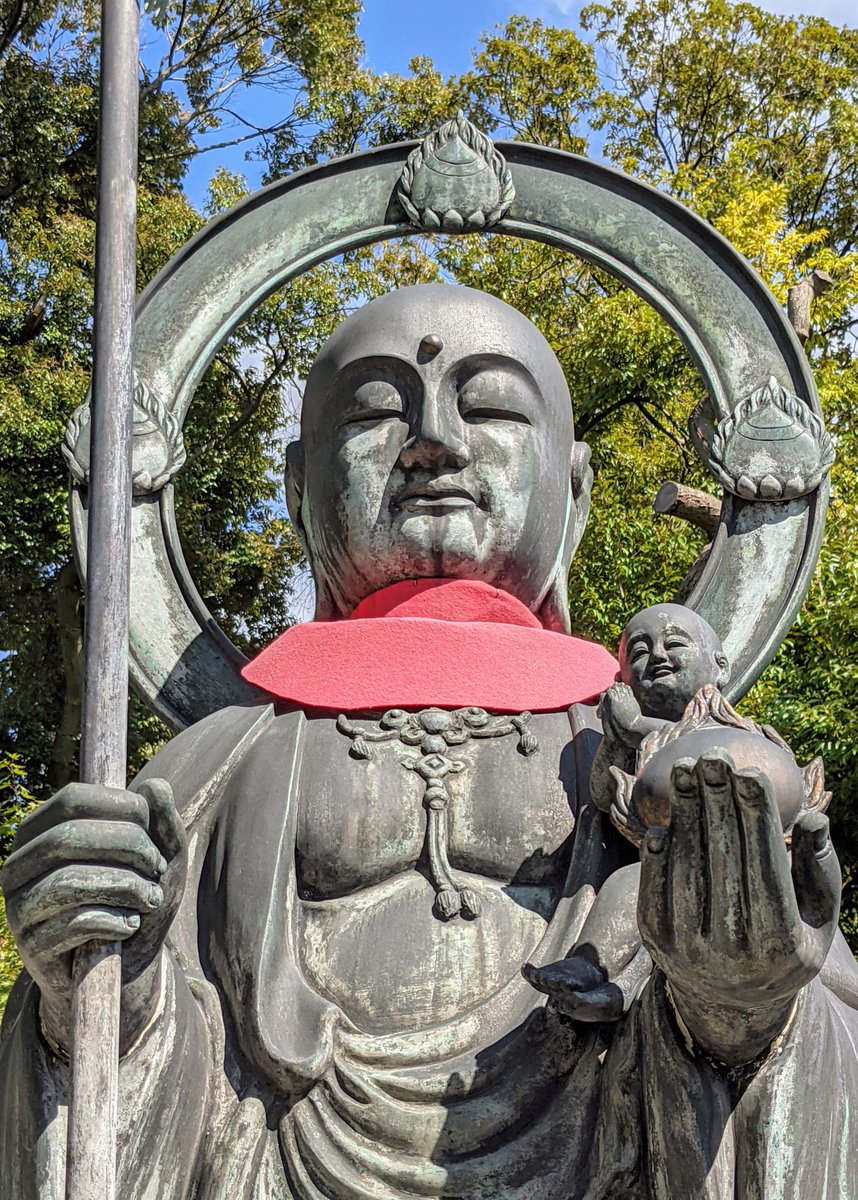



Together they represent Buddhism uniting the dual aspects of the universe.
The gardens feature only sand, rocks, moss and cherry trees. The Yang Garden (S) utilizes white Shirakawa sand (白川砂), while the Yin Garden (N) uses black sand from the Ado River (安曇川の砂) in Shiga.



The gardens feature only sand, rocks, moss and cherry trees. The Yang Garden (S) utilizes white Shirakawa sand (白川砂), while the Yin Garden (N) uses black sand from the Ado River (安曇川の砂) in Shiga.




😋PANDANGO🍡
I'm looking forward to seeing what delights will be on offer at Panda-no-Sanpo (ぱんだの散歩) for sakura season. The last few years' designs have been soooooo cute🥰🌸
➡️pandanosanpo.com/english/home/
➡️@panda_nosanpo
#みたらし団子 #pandango #パンダんご #Kyoto #京都 #Japan



I'm looking forward to seeing what delights will be on offer at Panda-no-Sanpo (ぱんだの散歩) for sakura season. The last few years' designs have been soooooo cute🥰🌸
➡️pandanosanpo.com/english/home/
➡️@panda_nosanpo
#みたらし団子 #pandango #パンダんご #Kyoto #京都 #Japan




• • •
Missing some Tweet in this thread? You can try to
force a refresh










